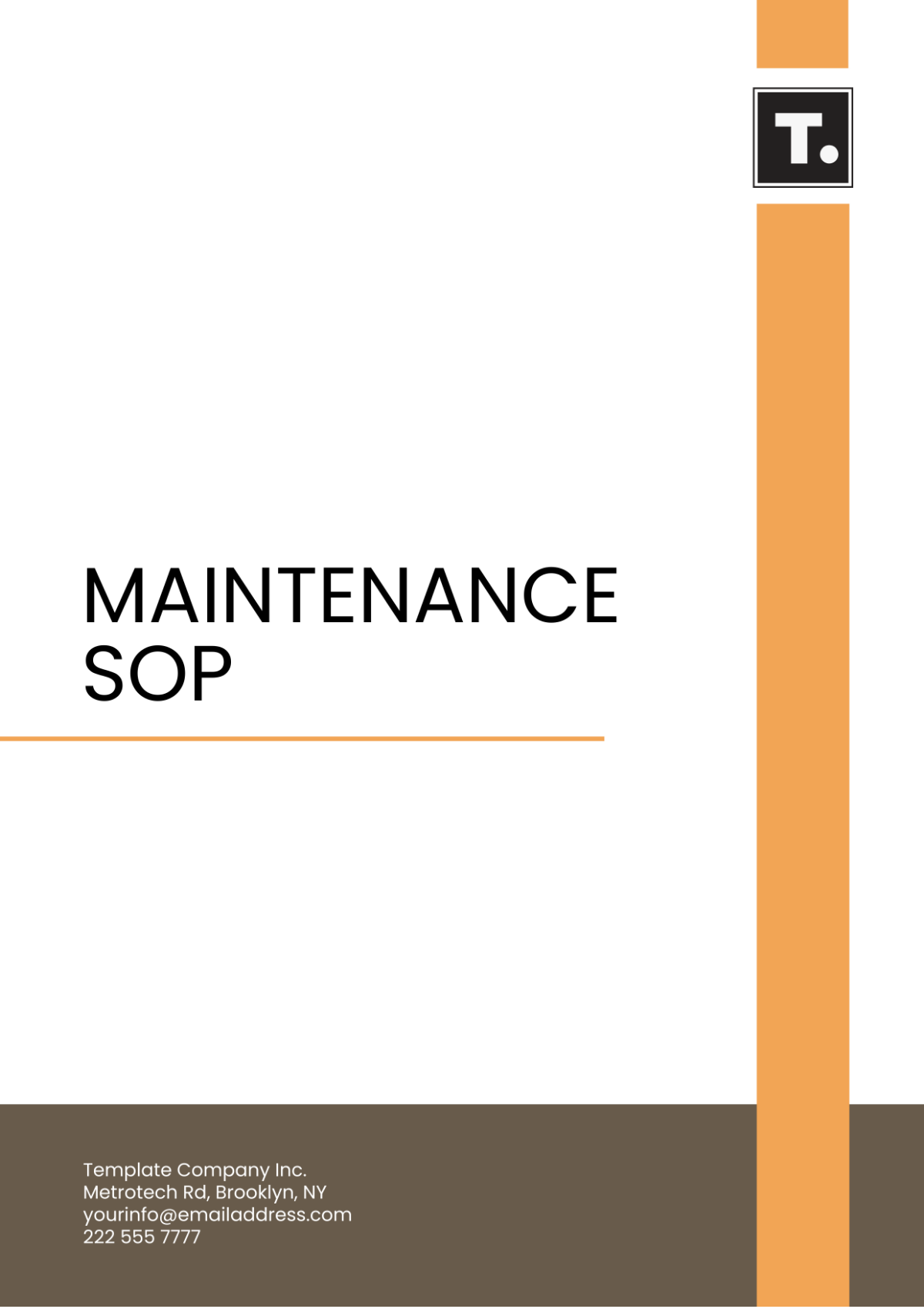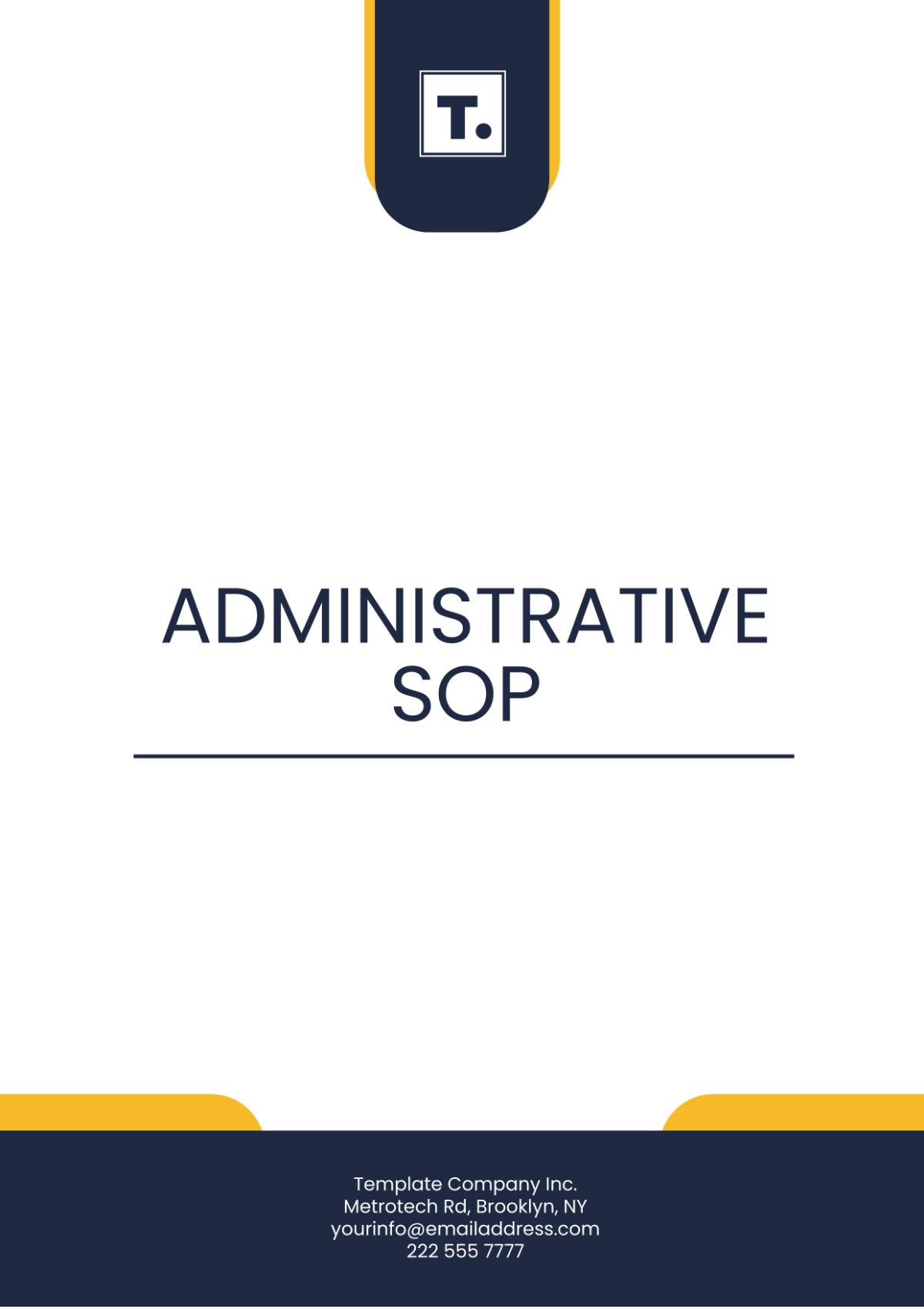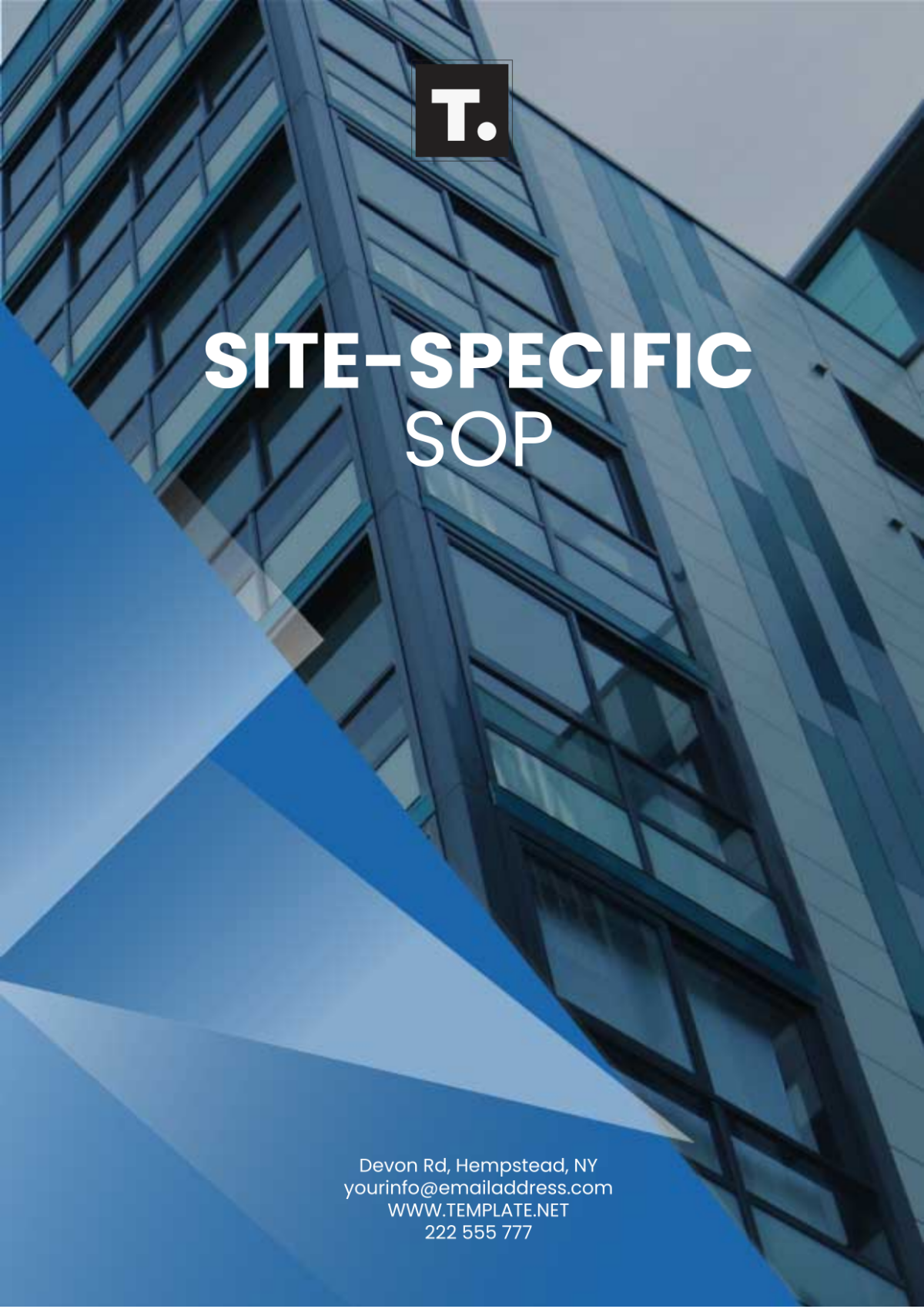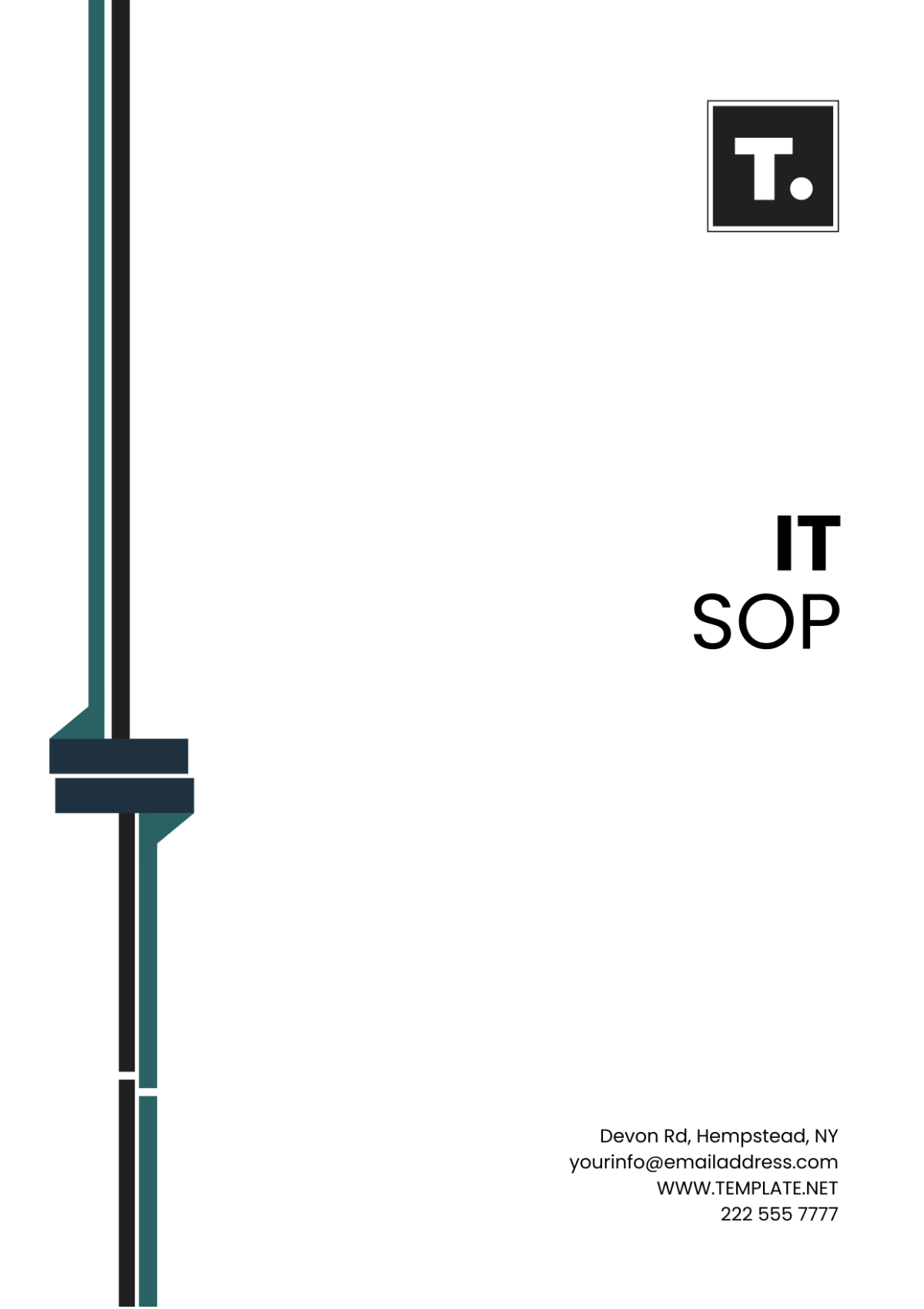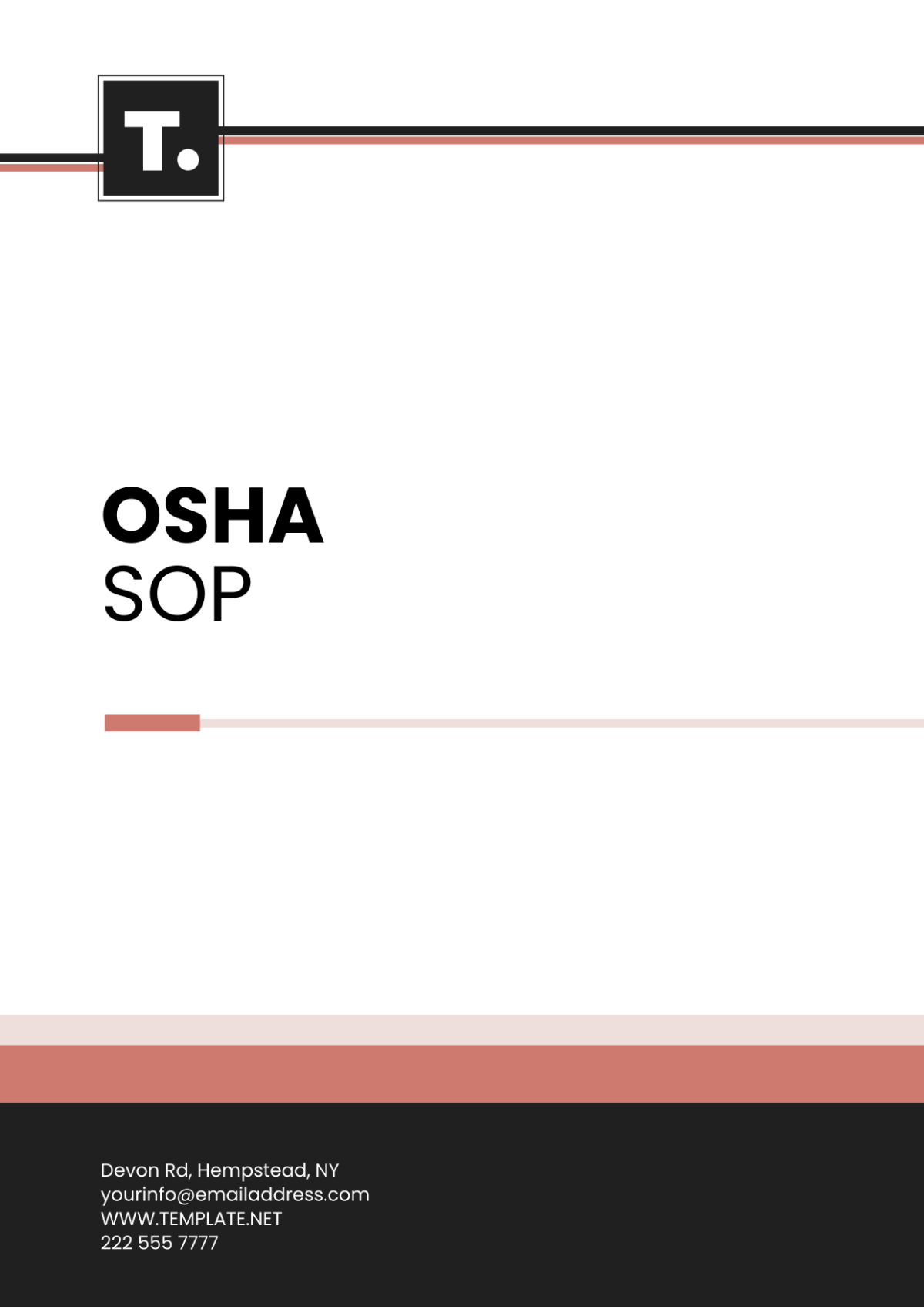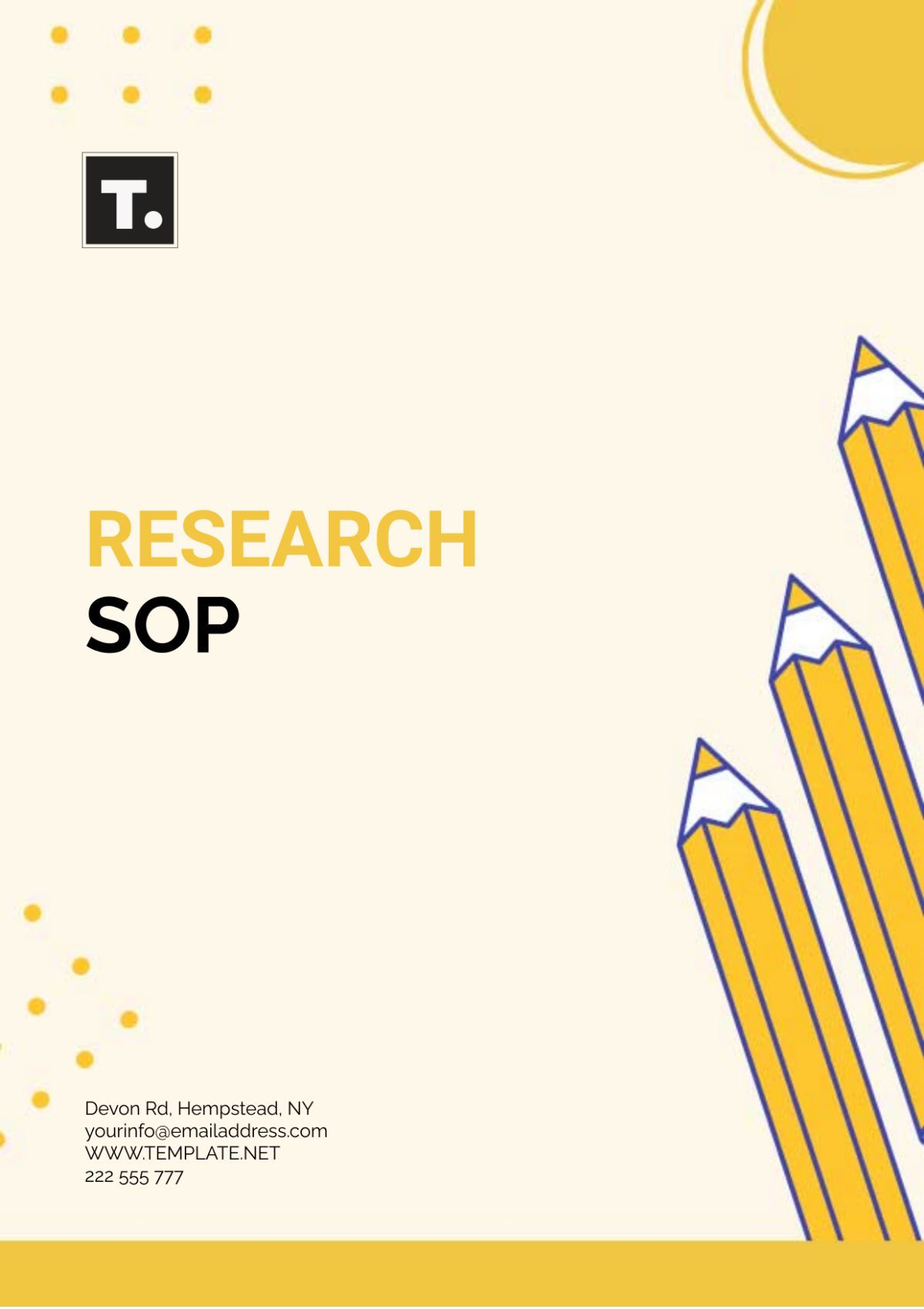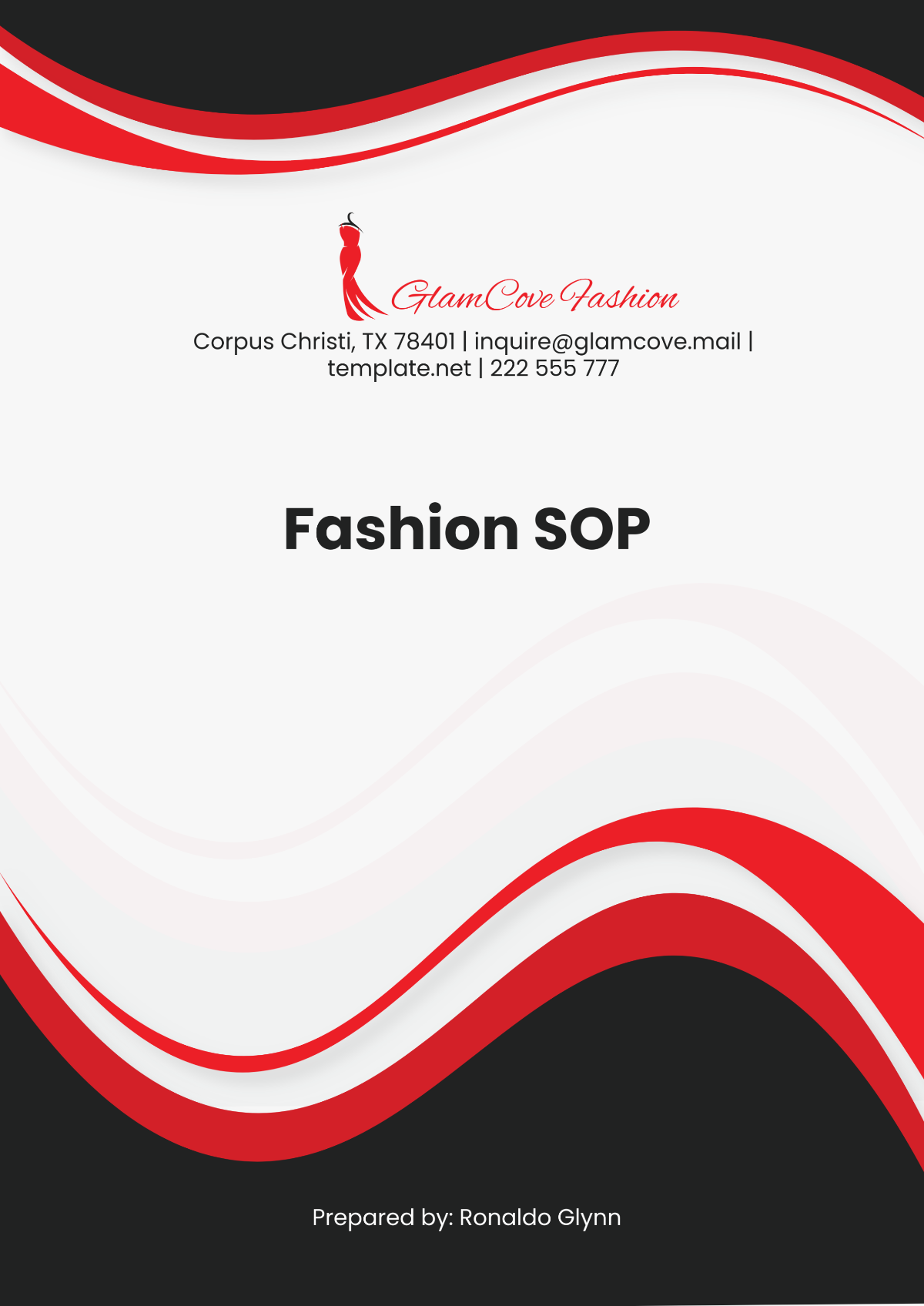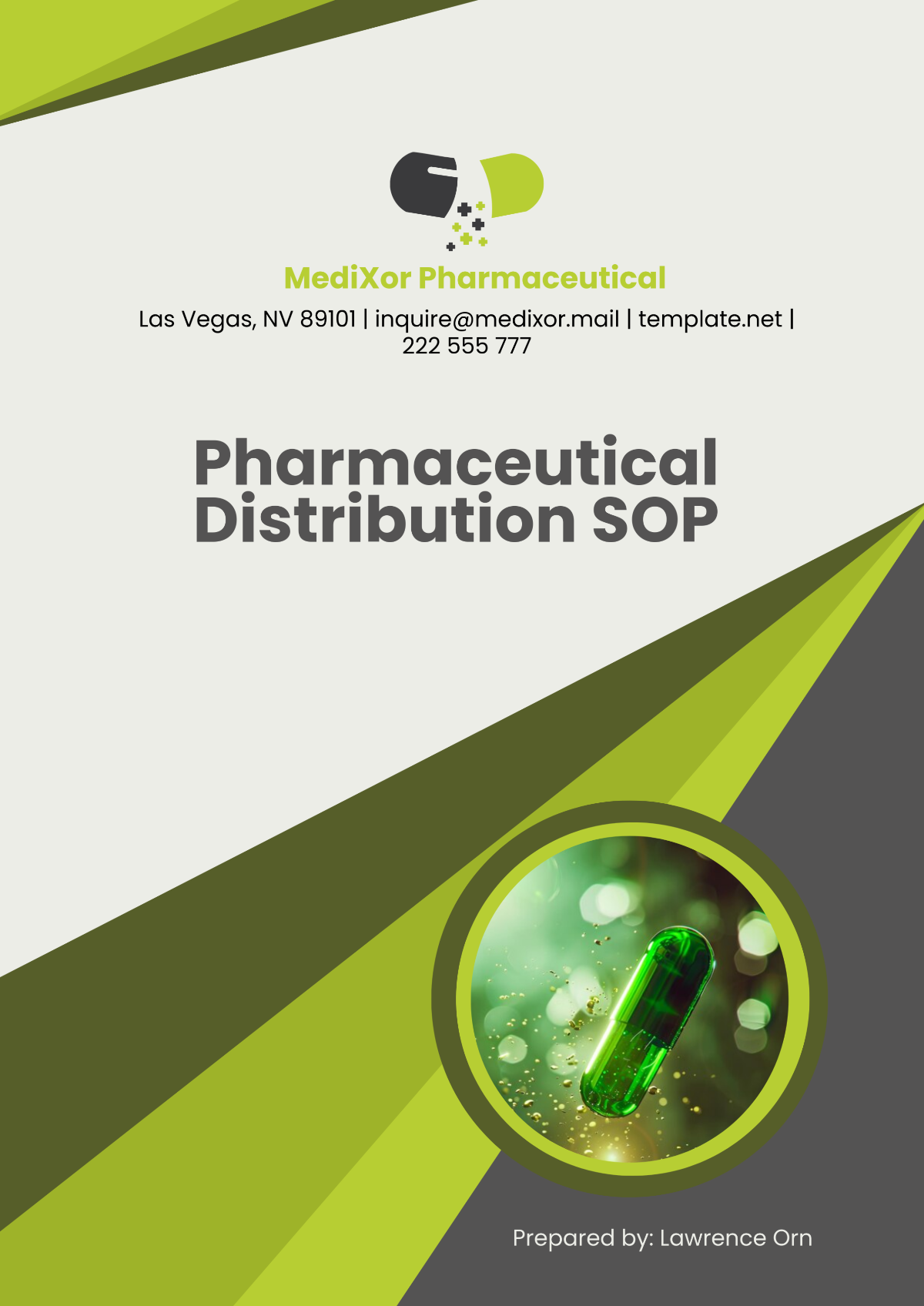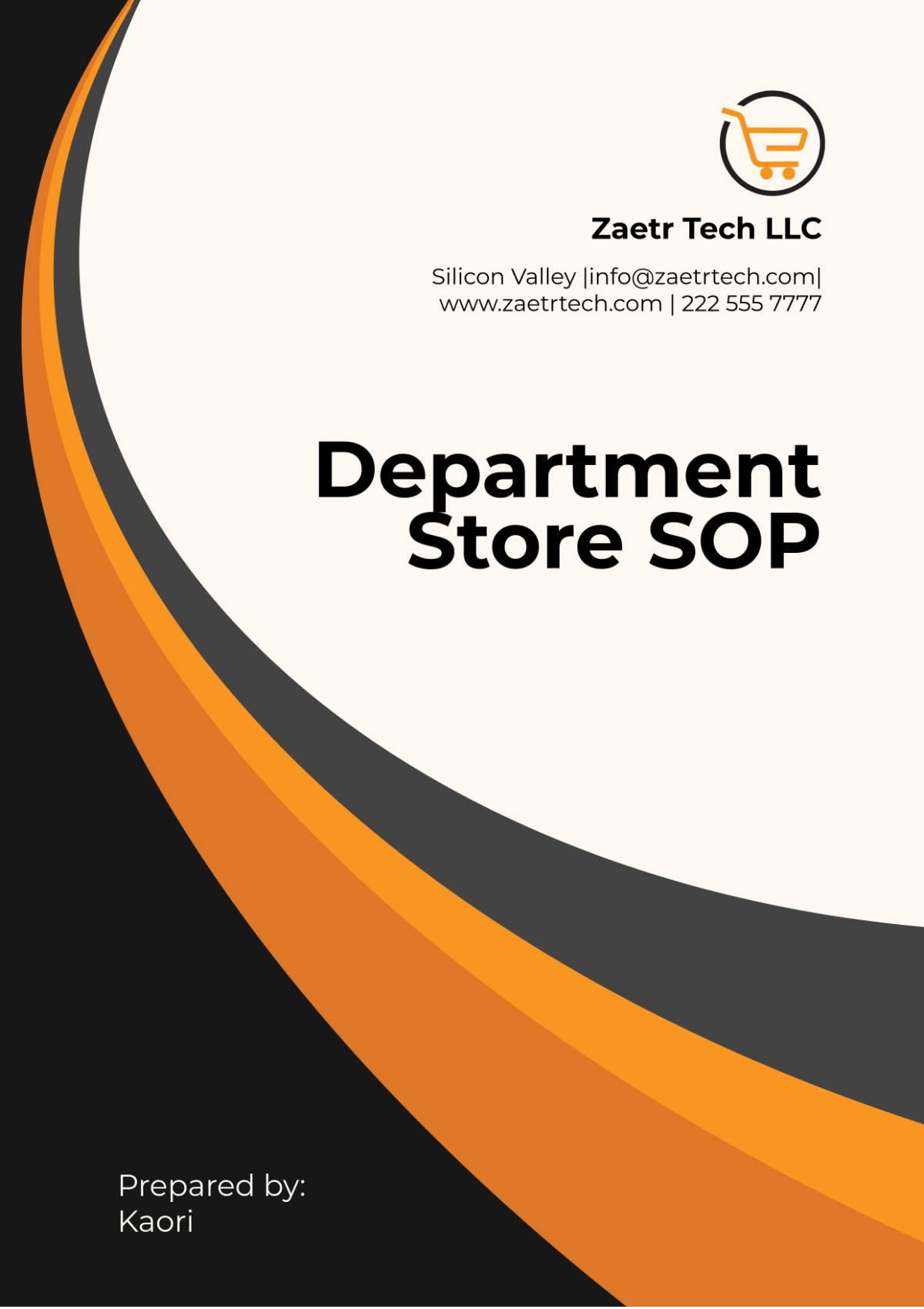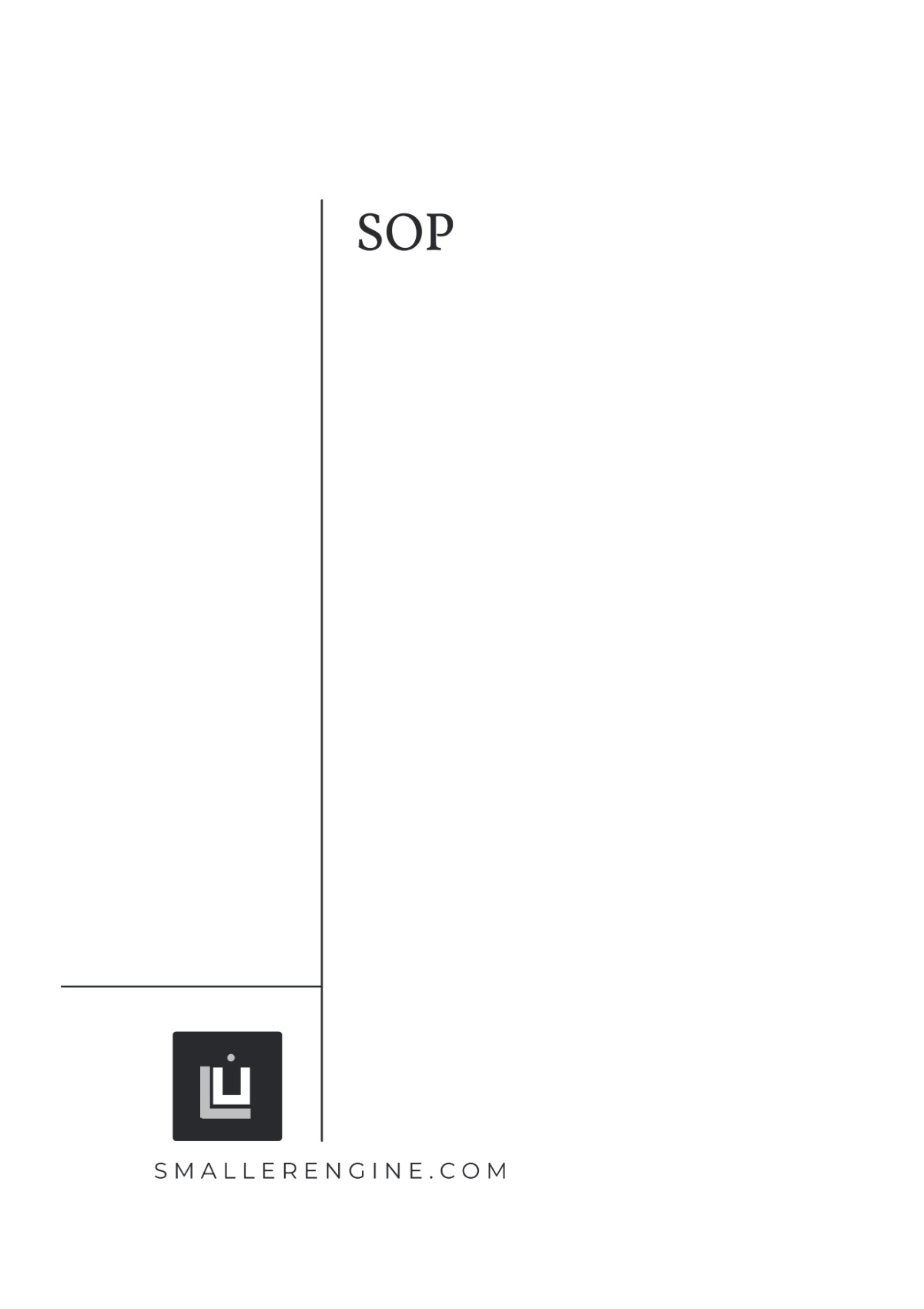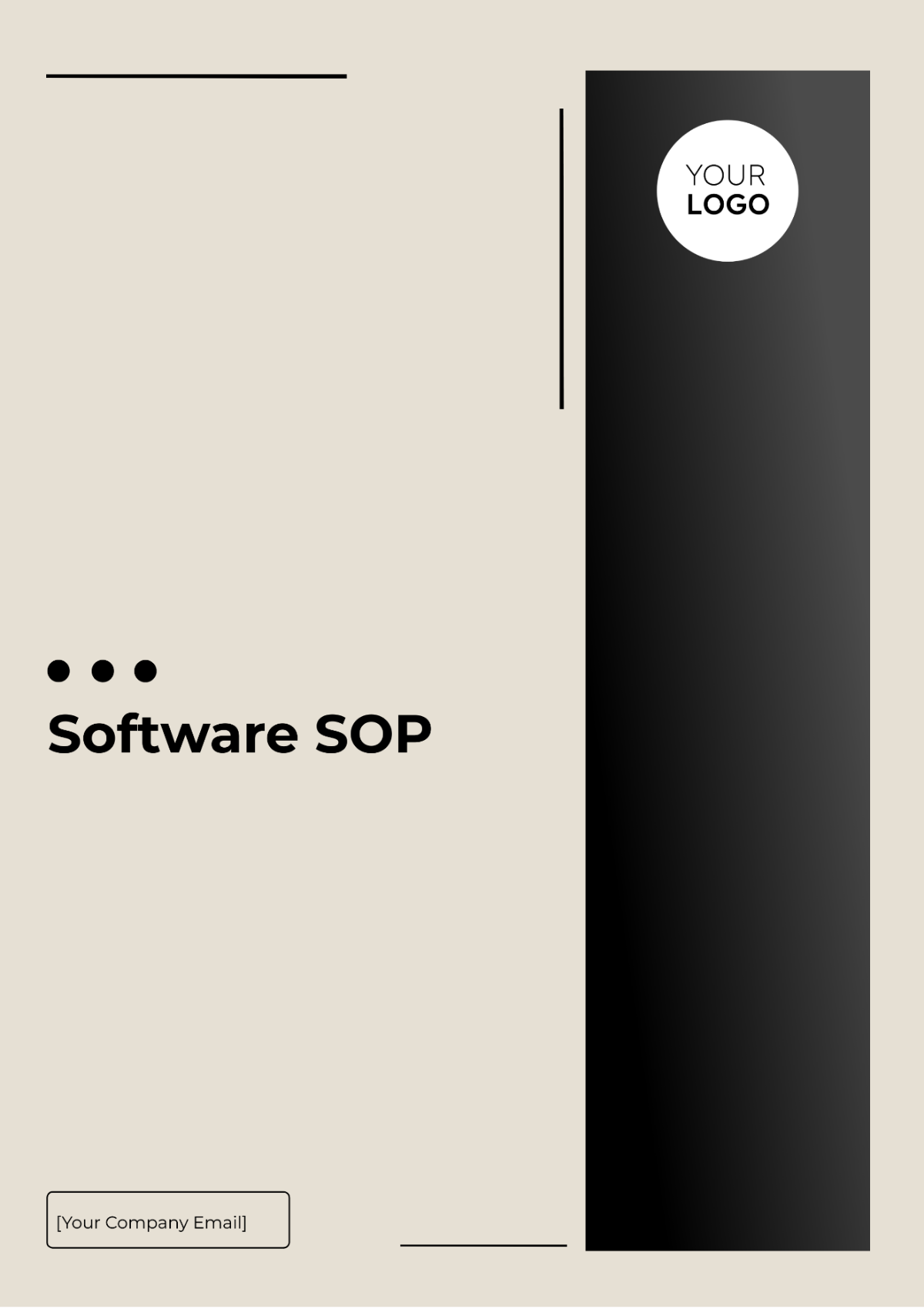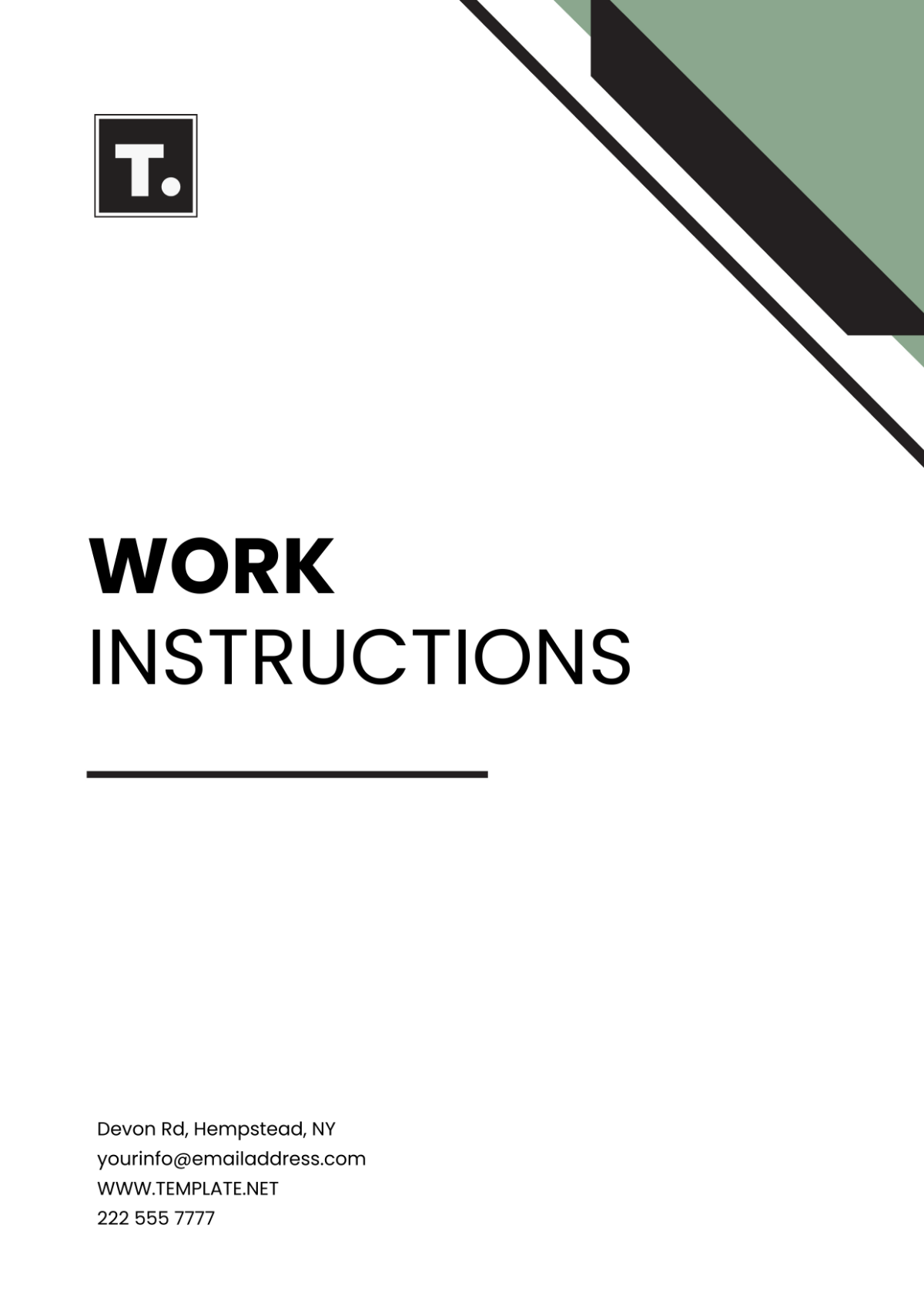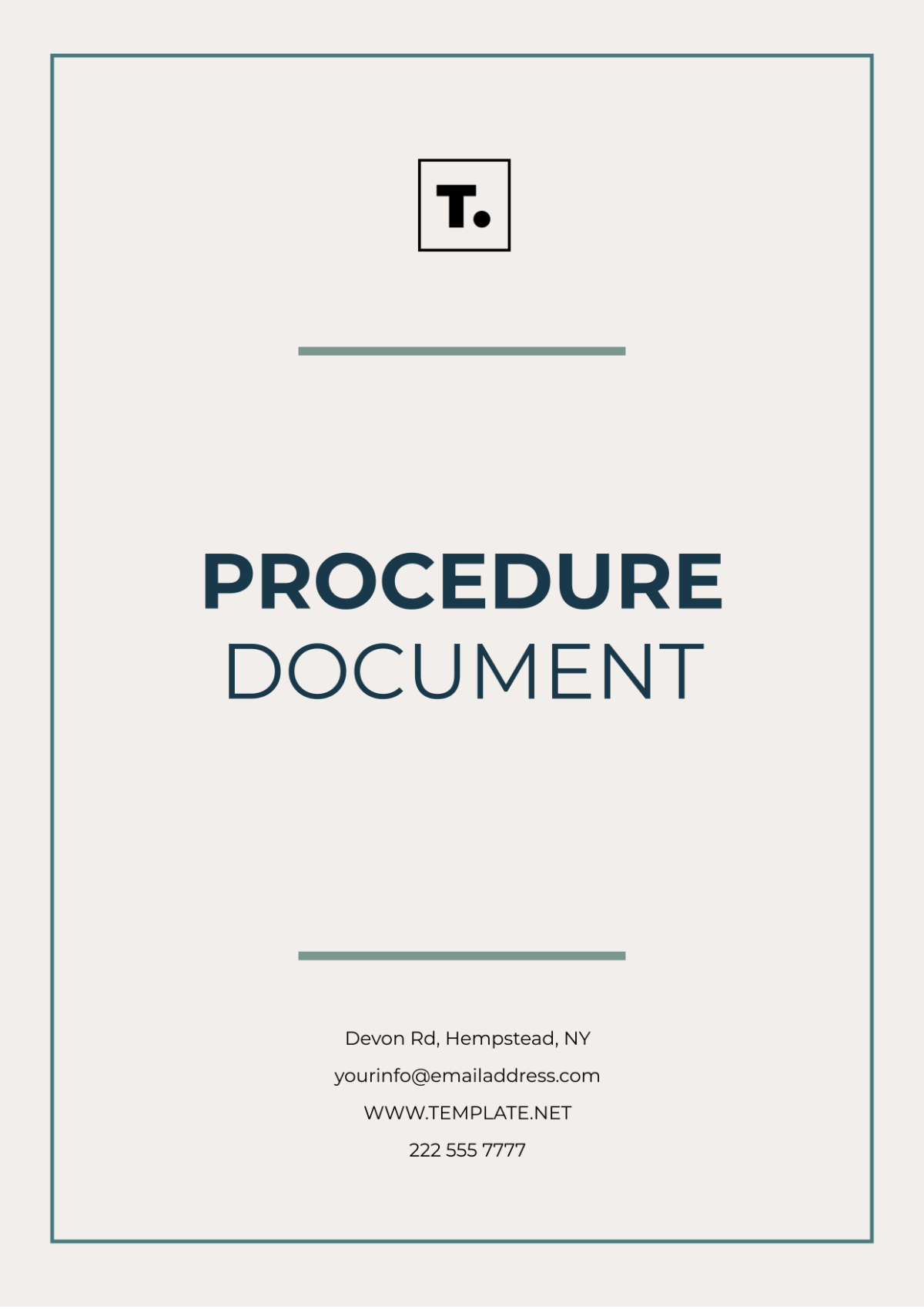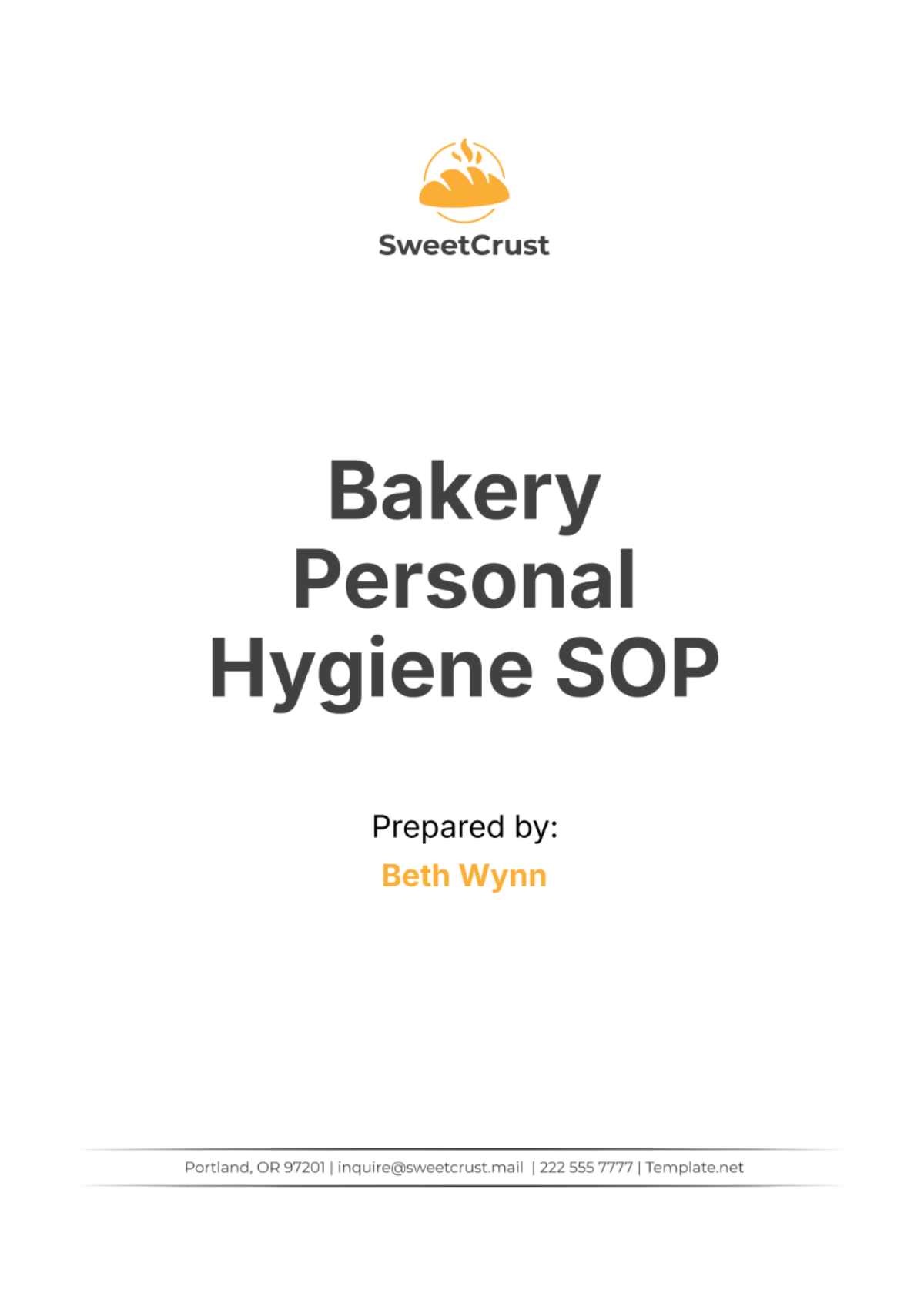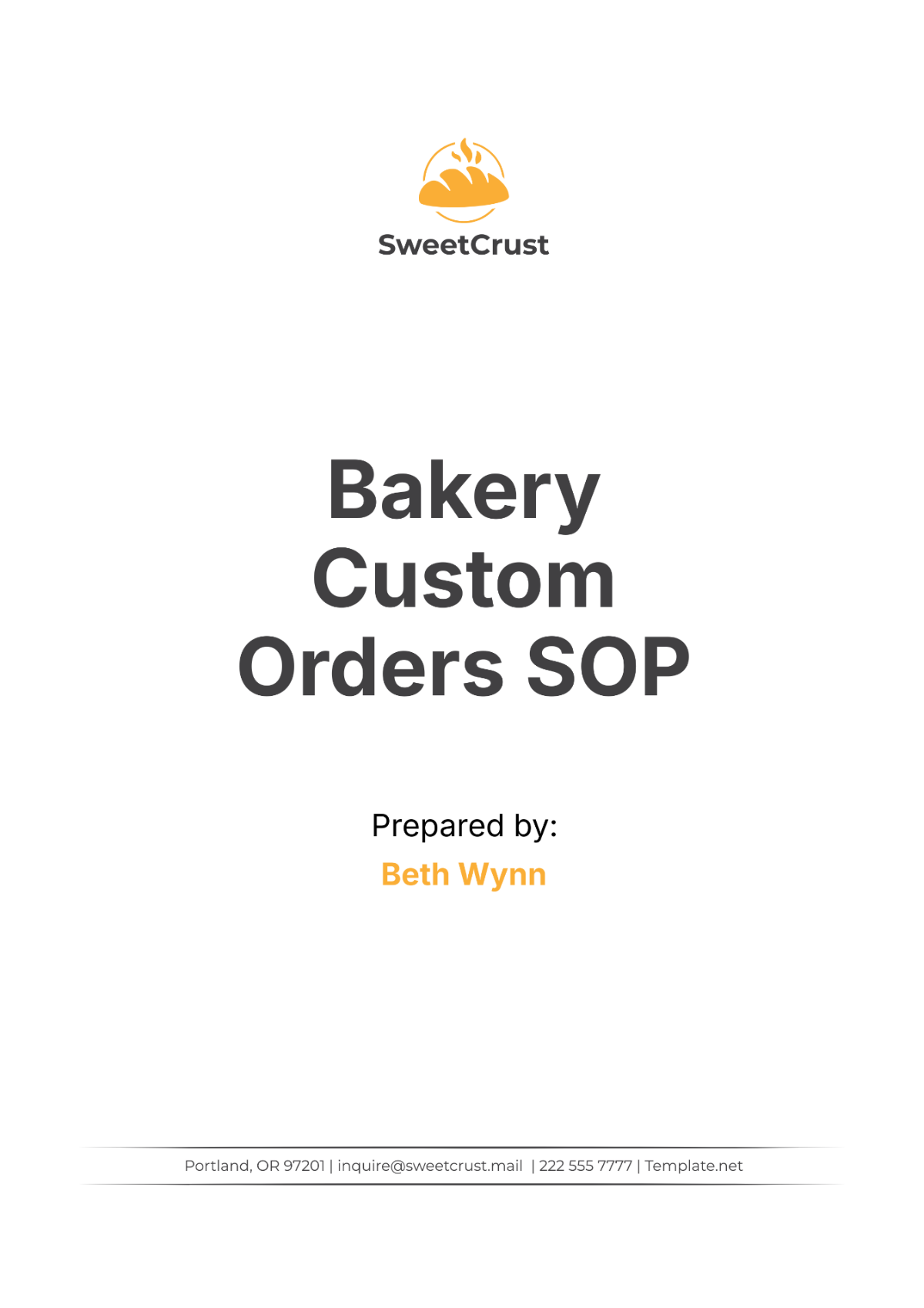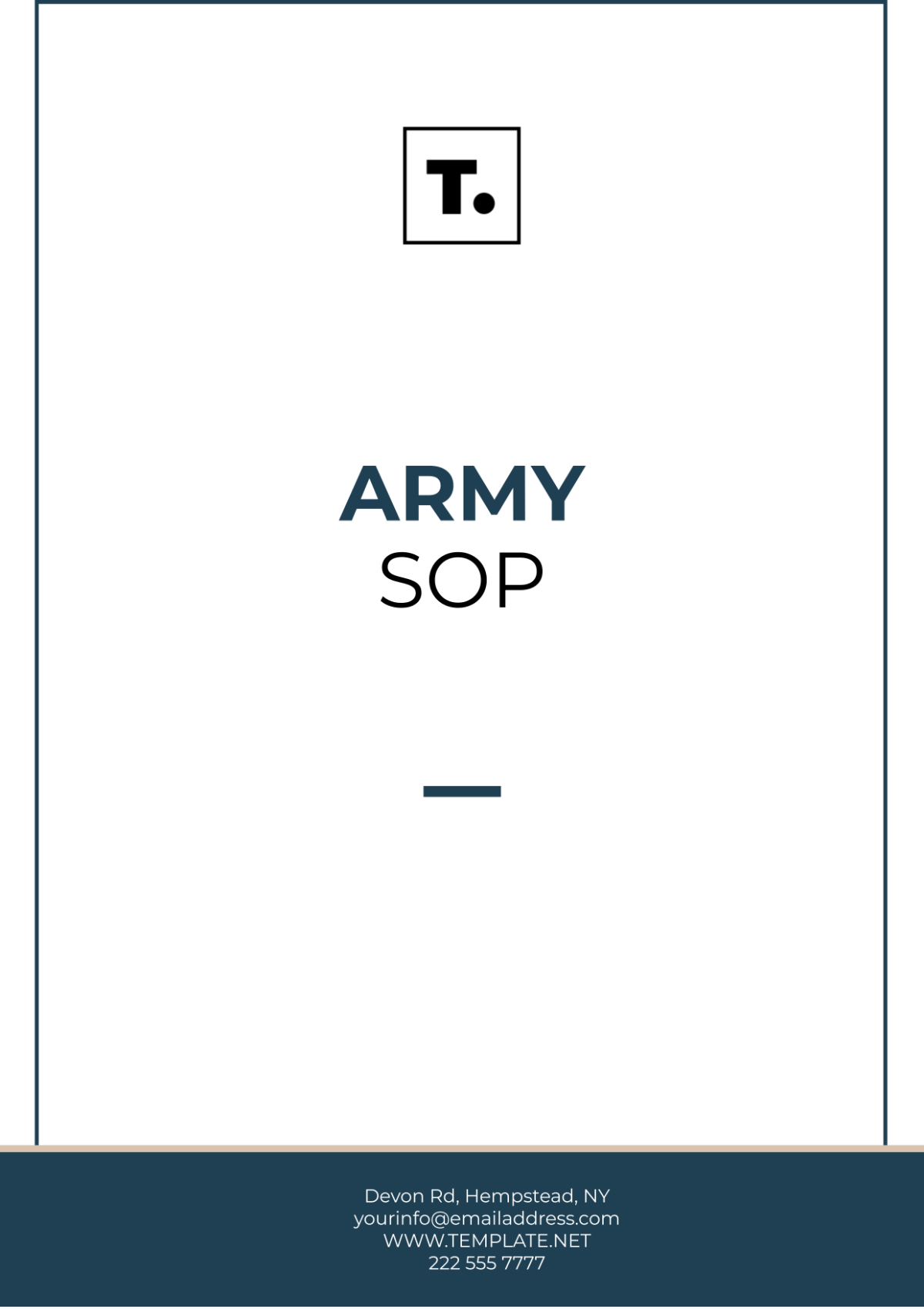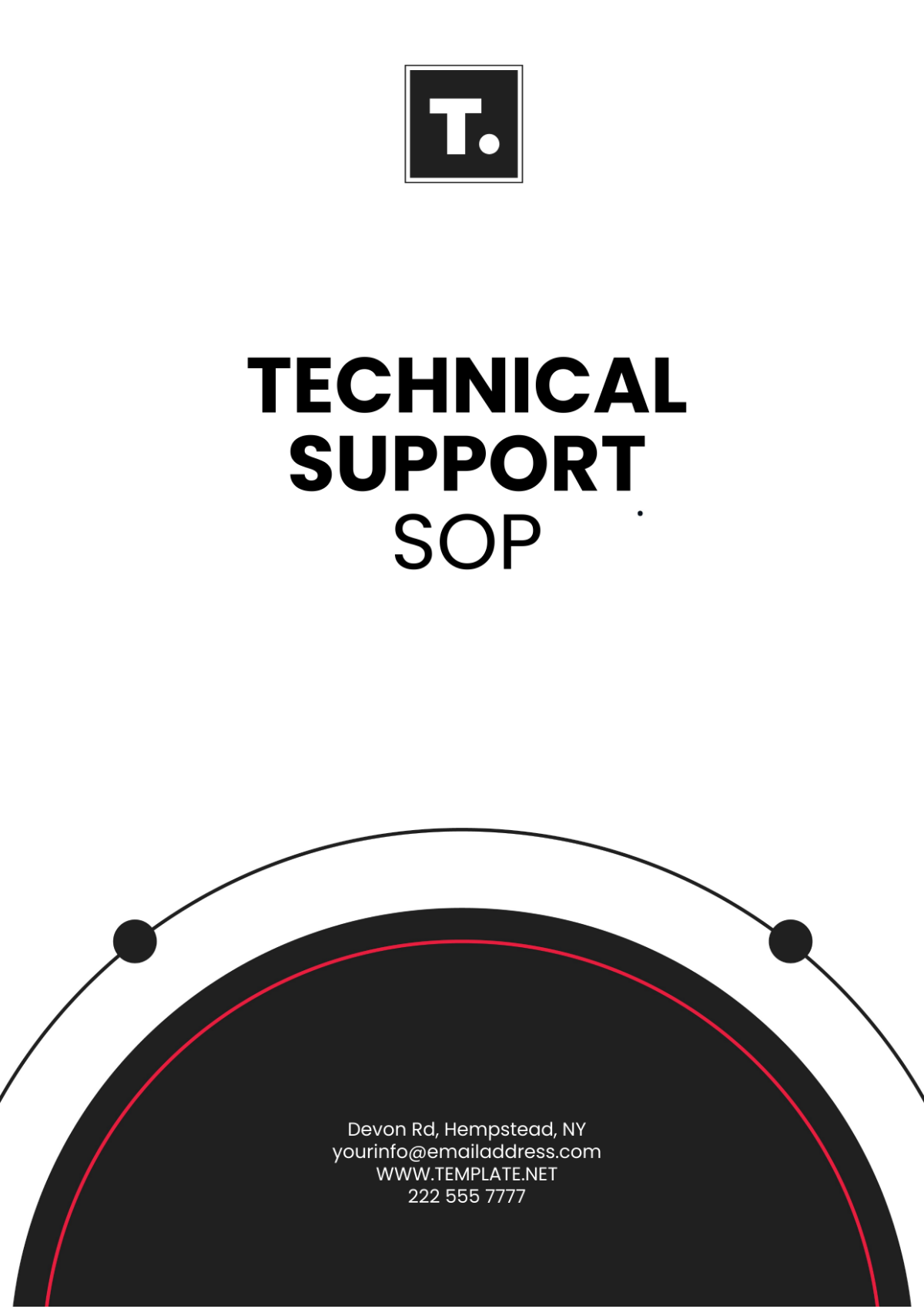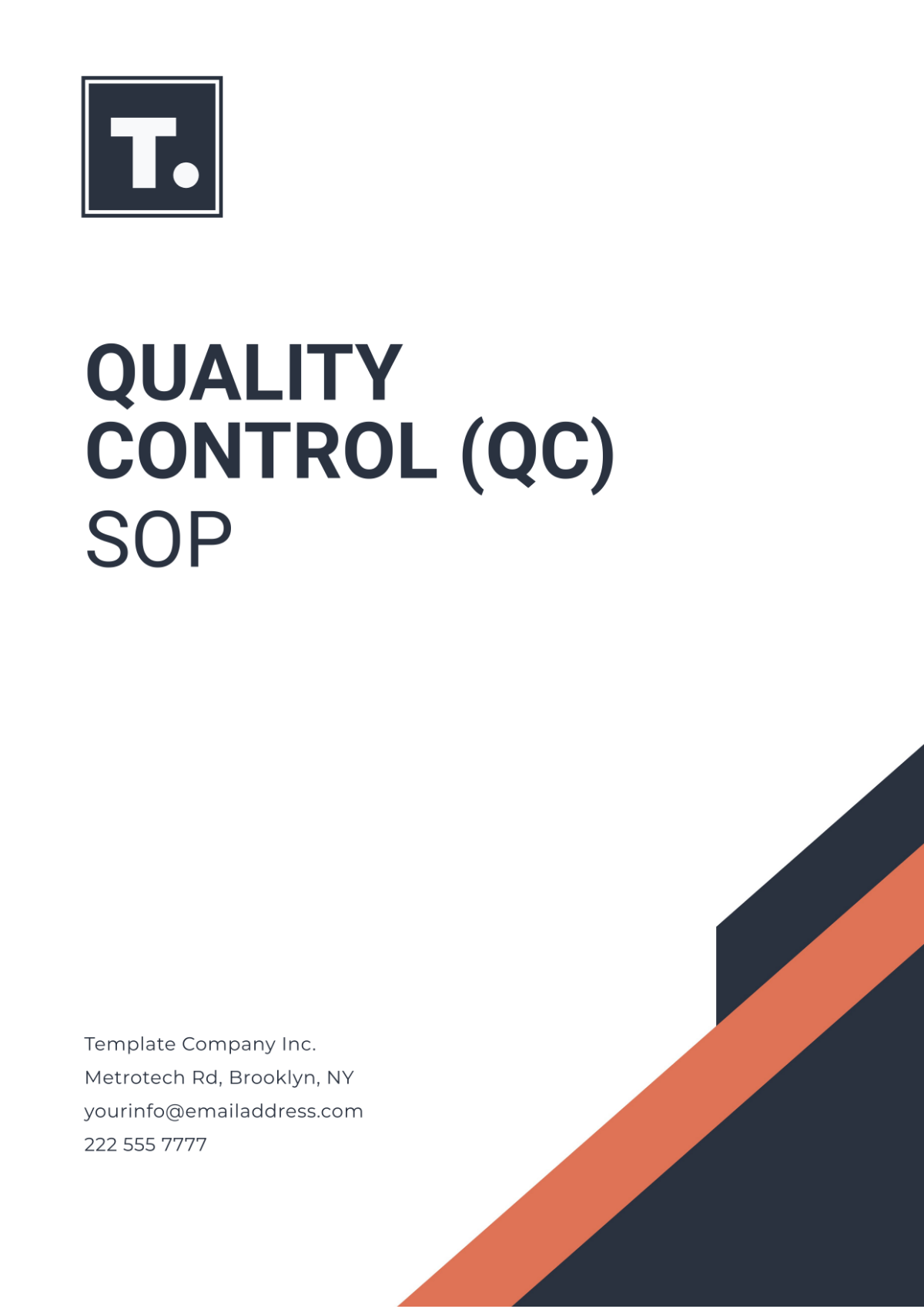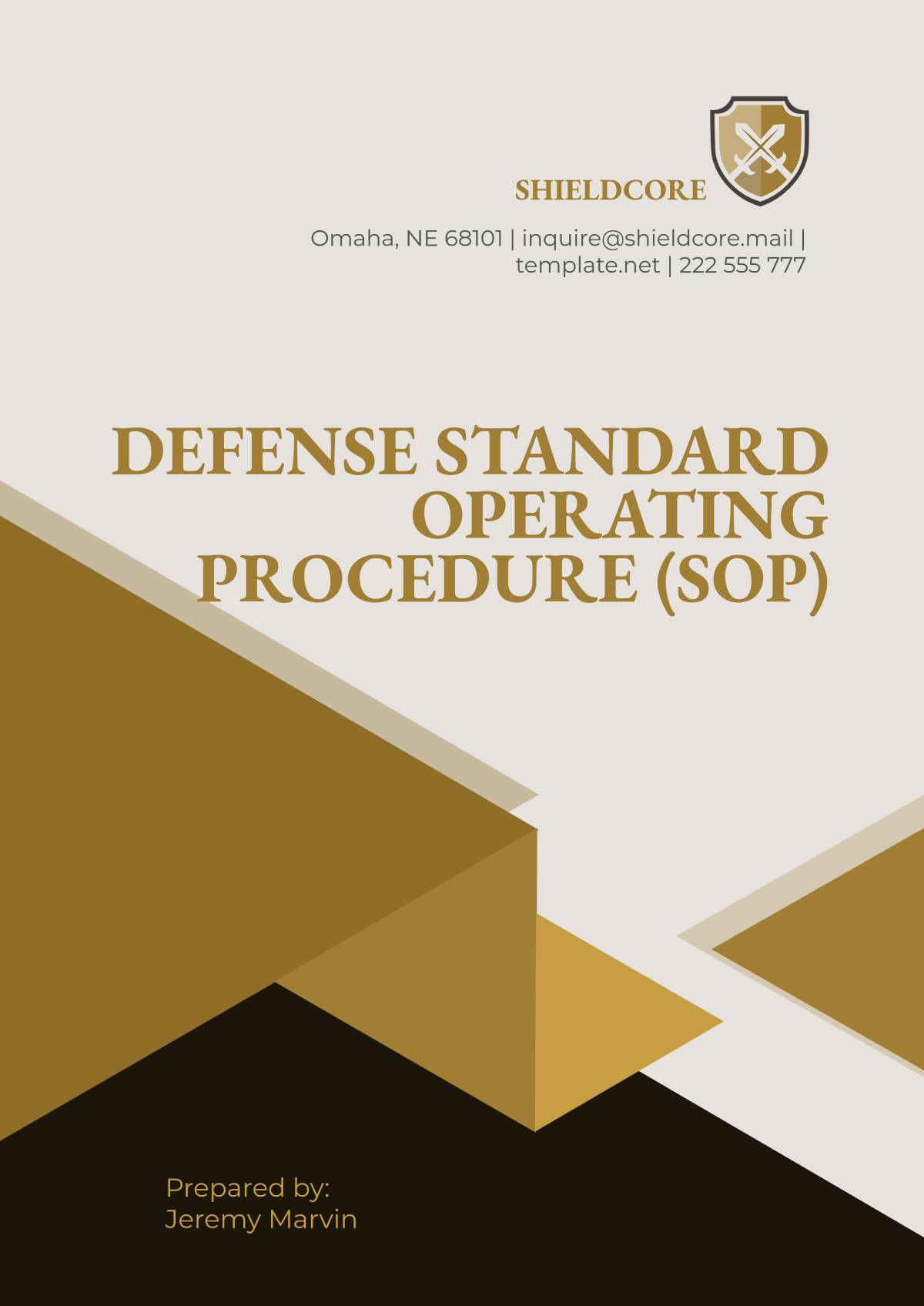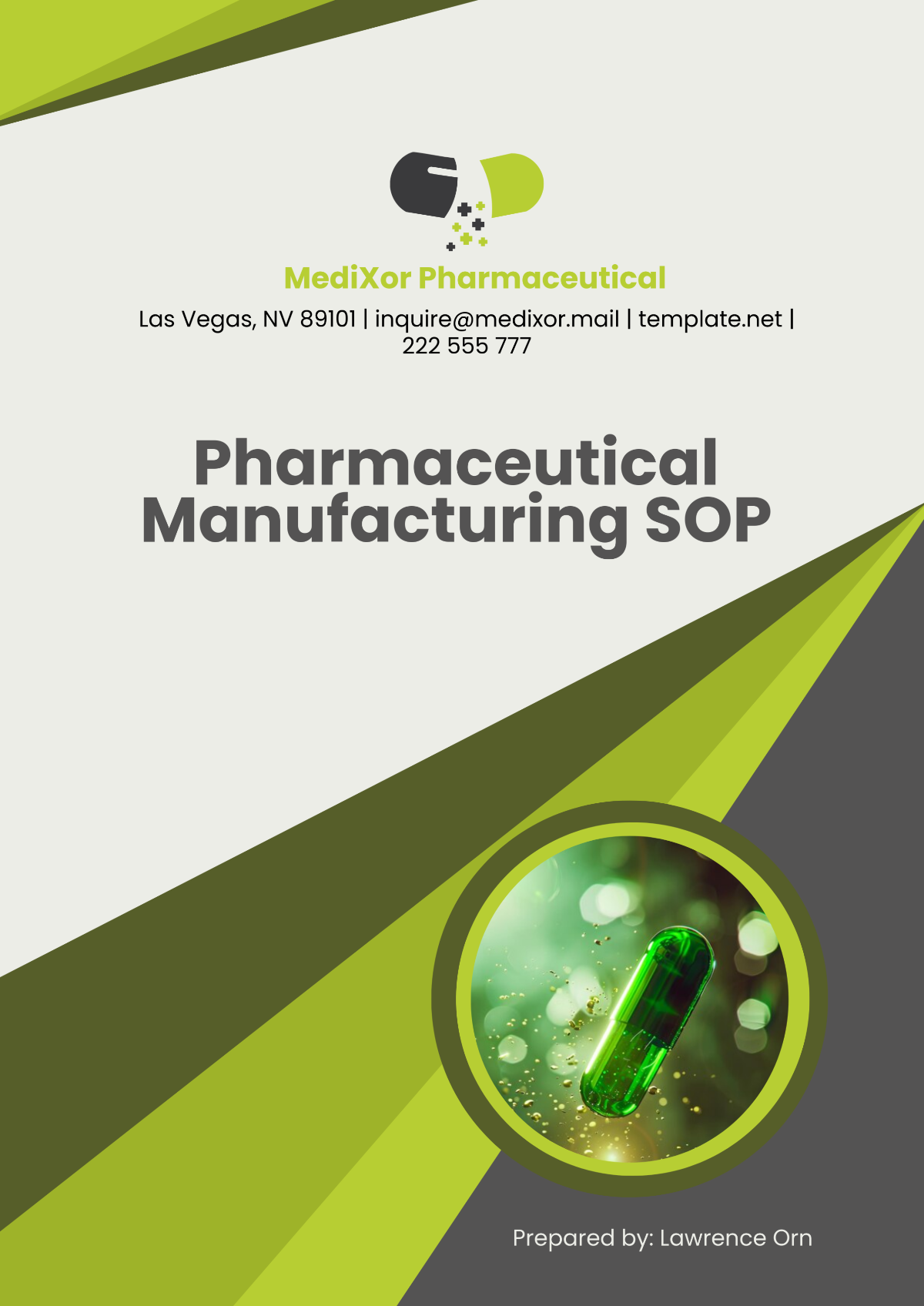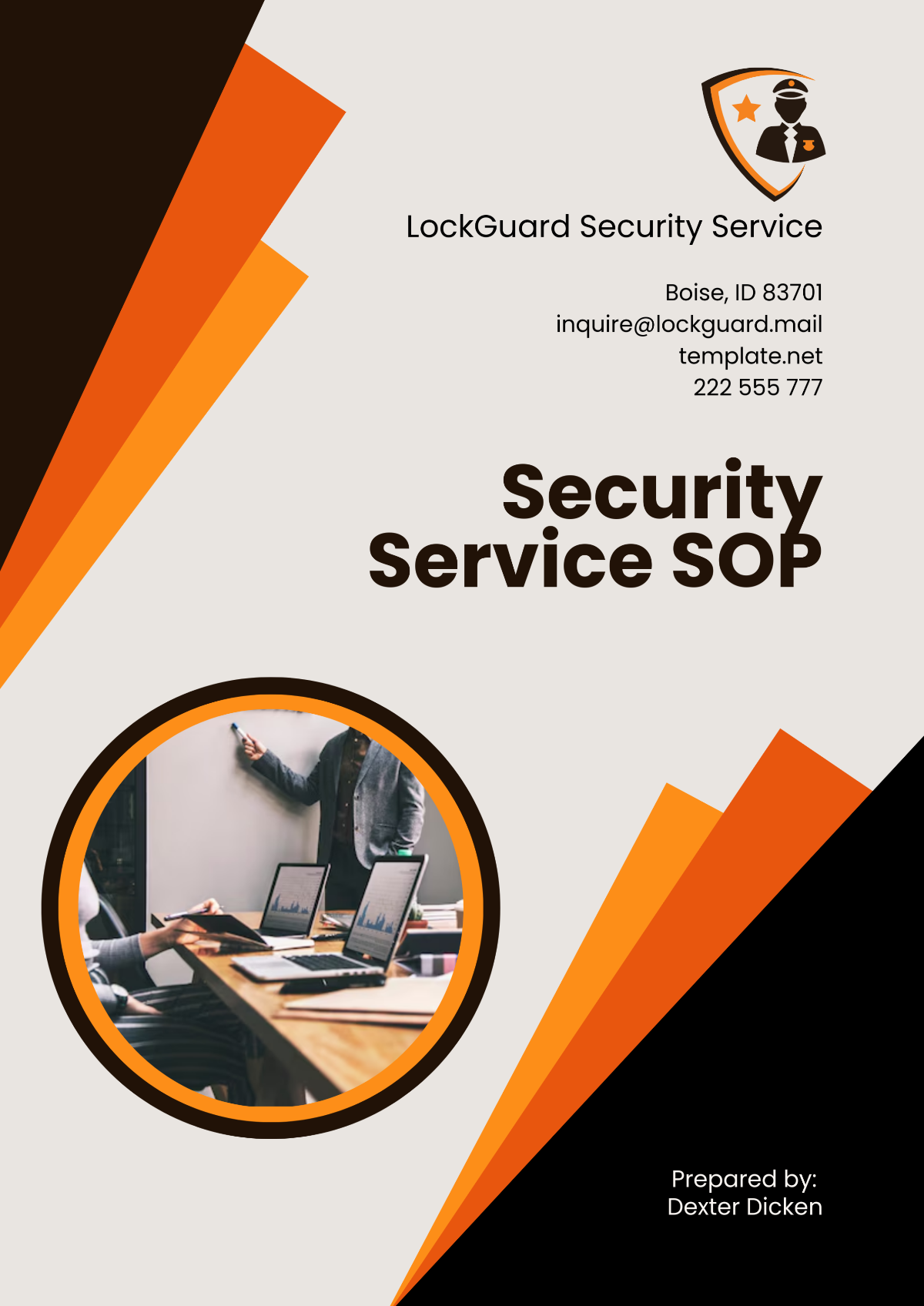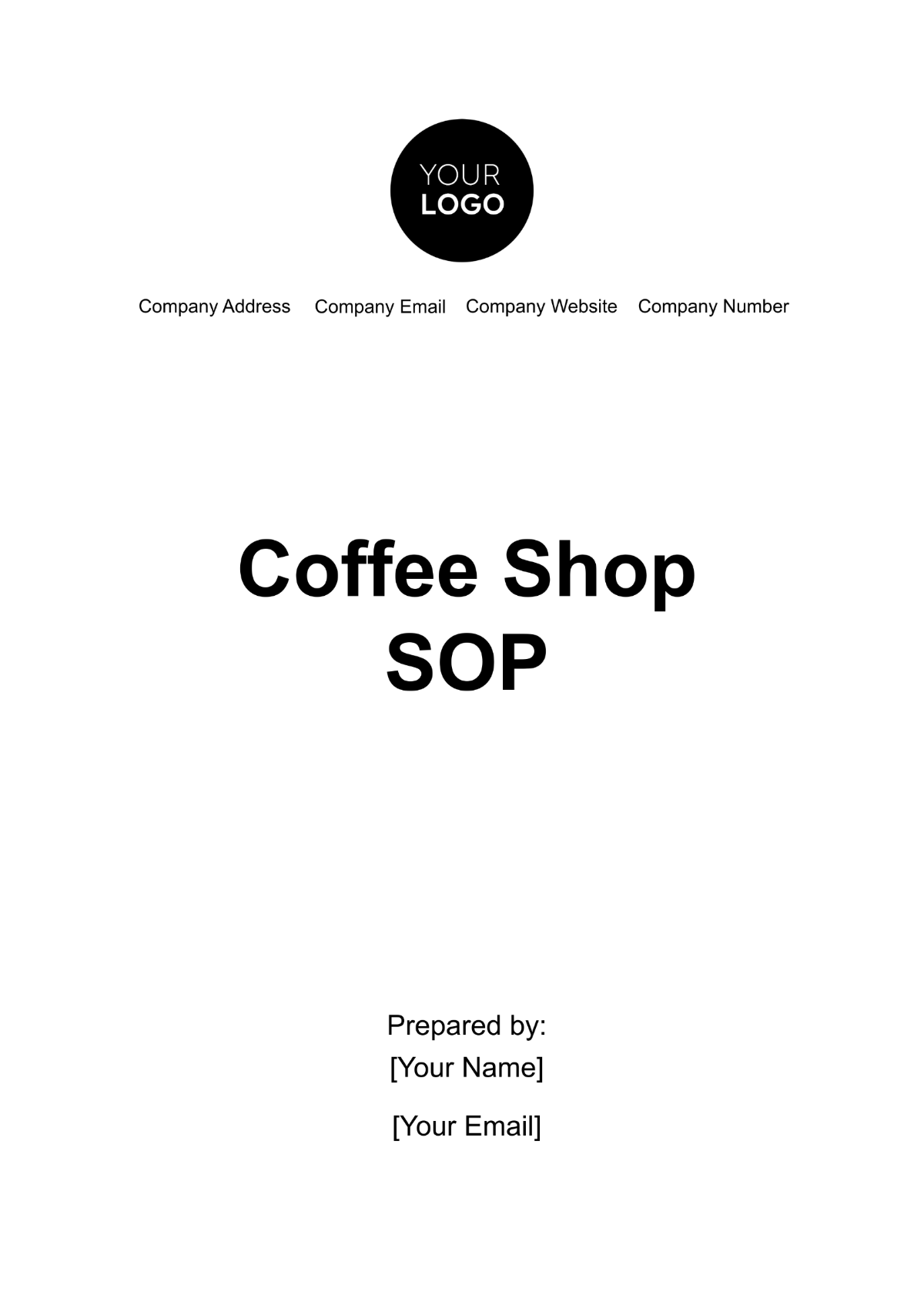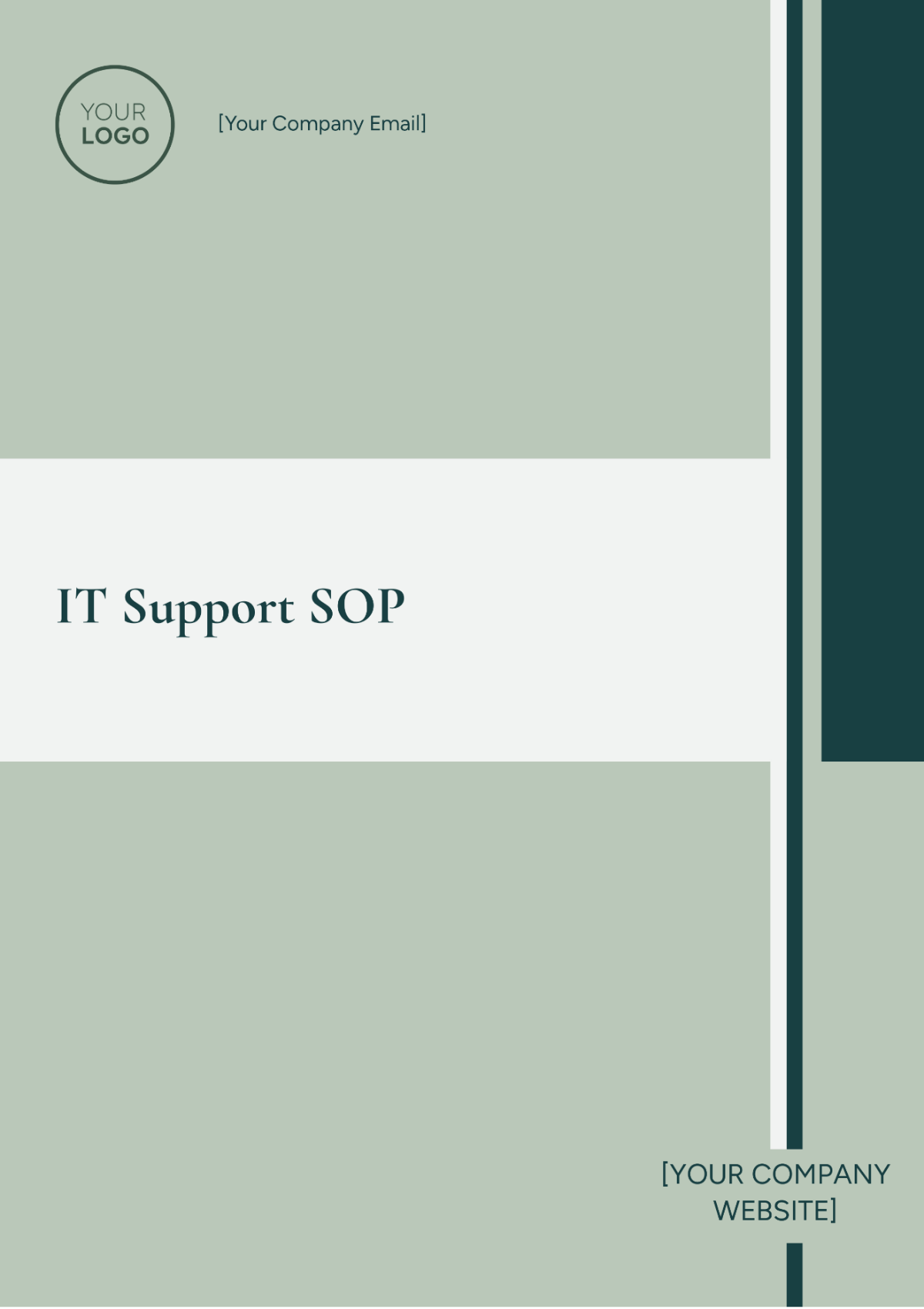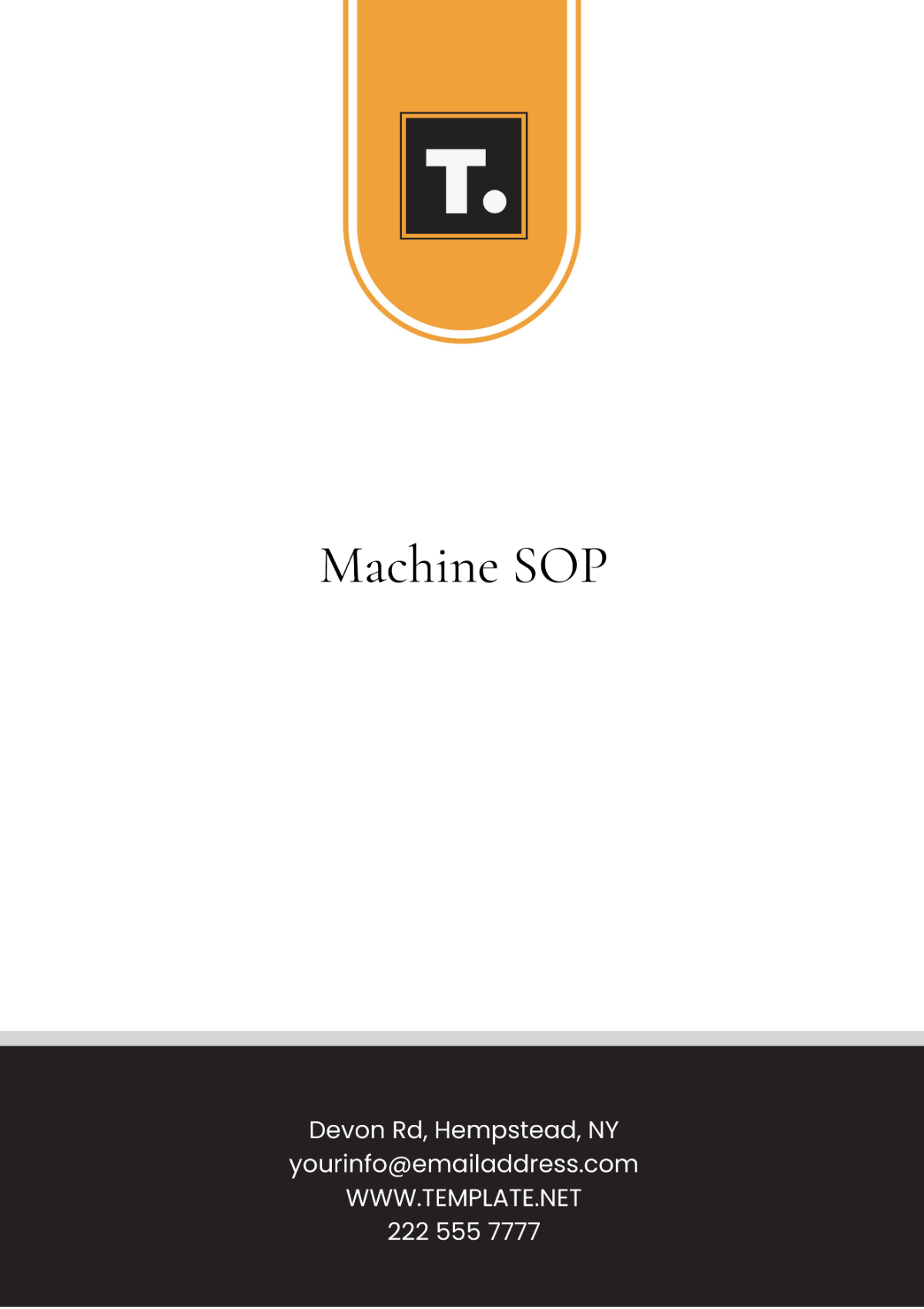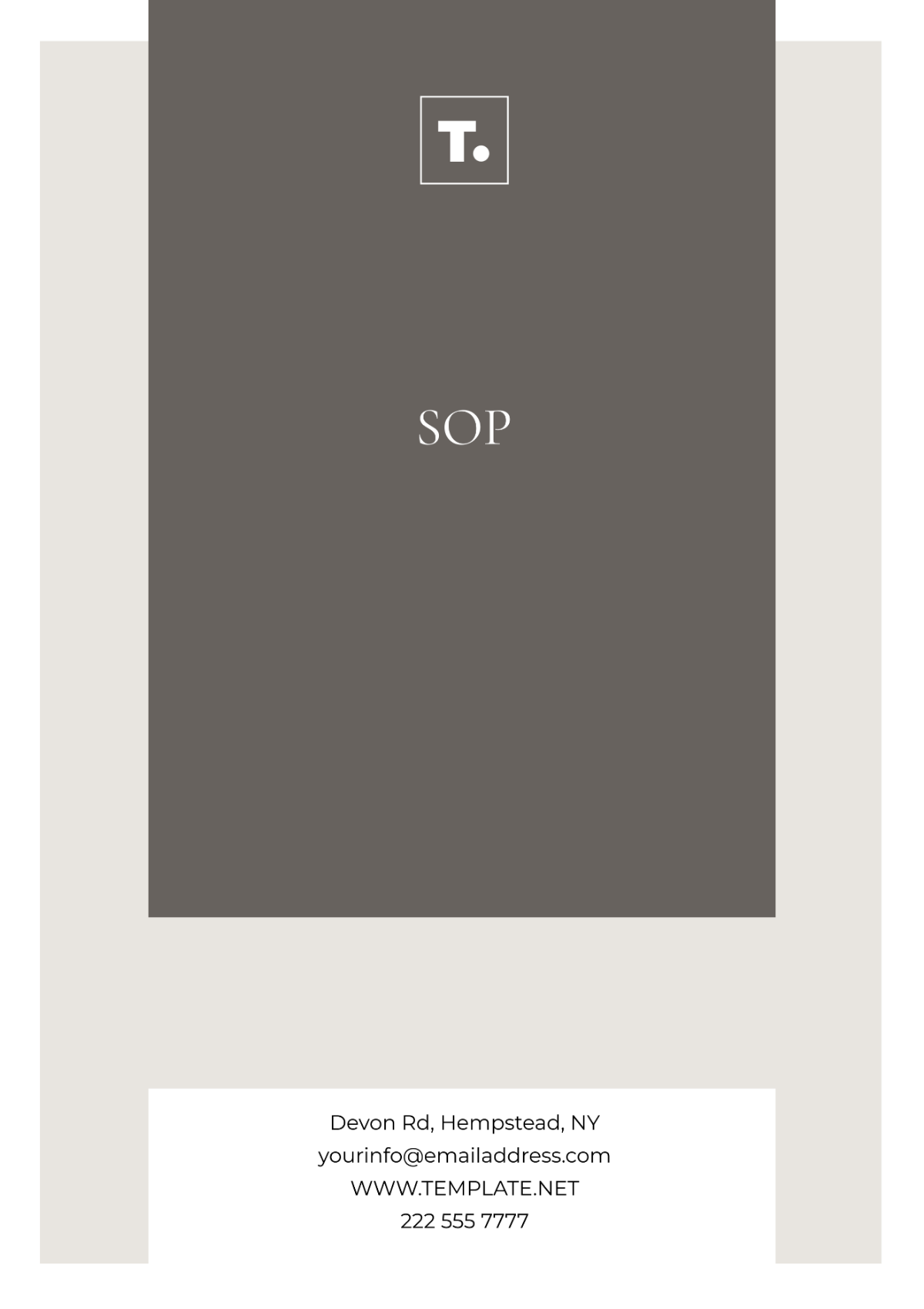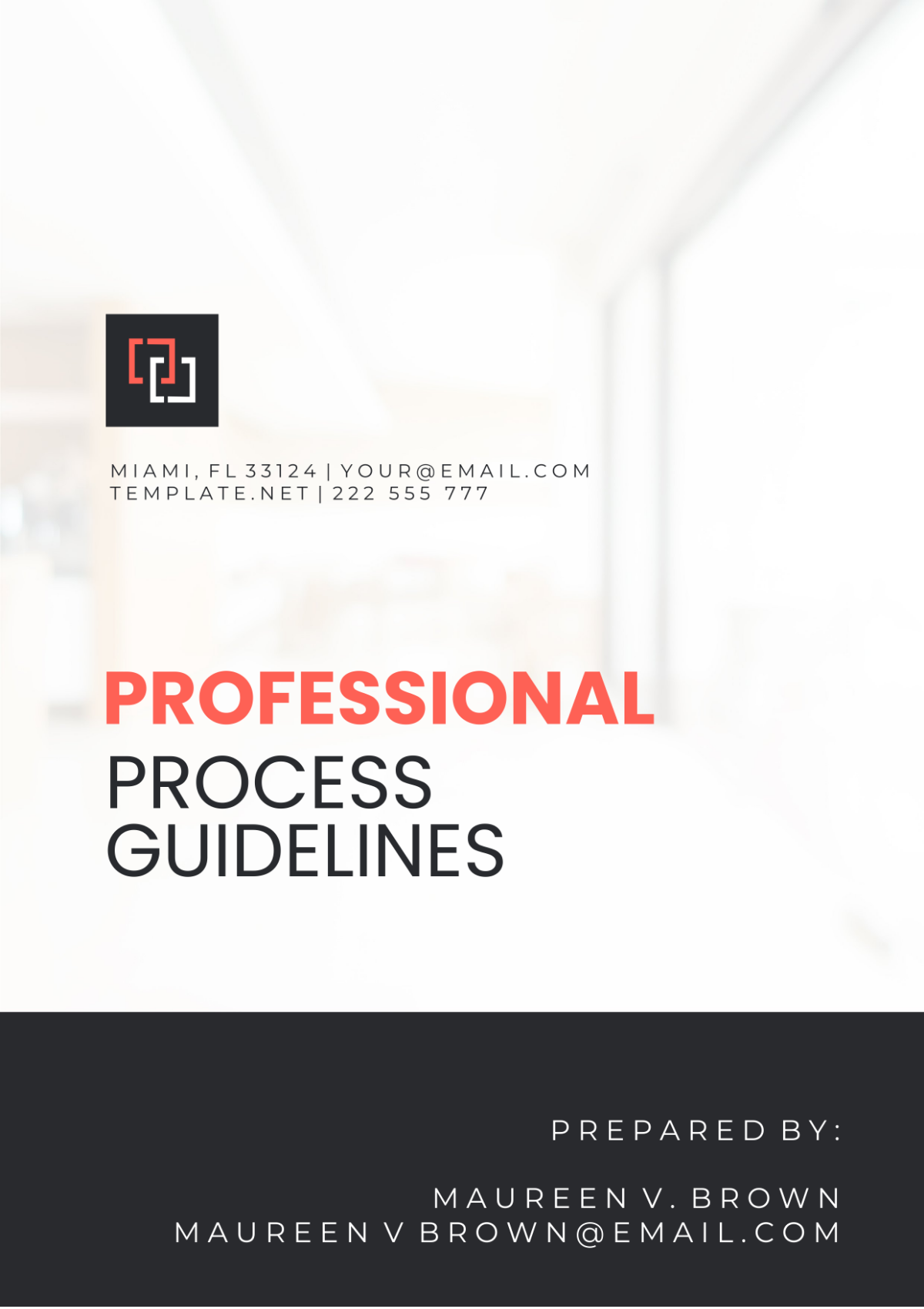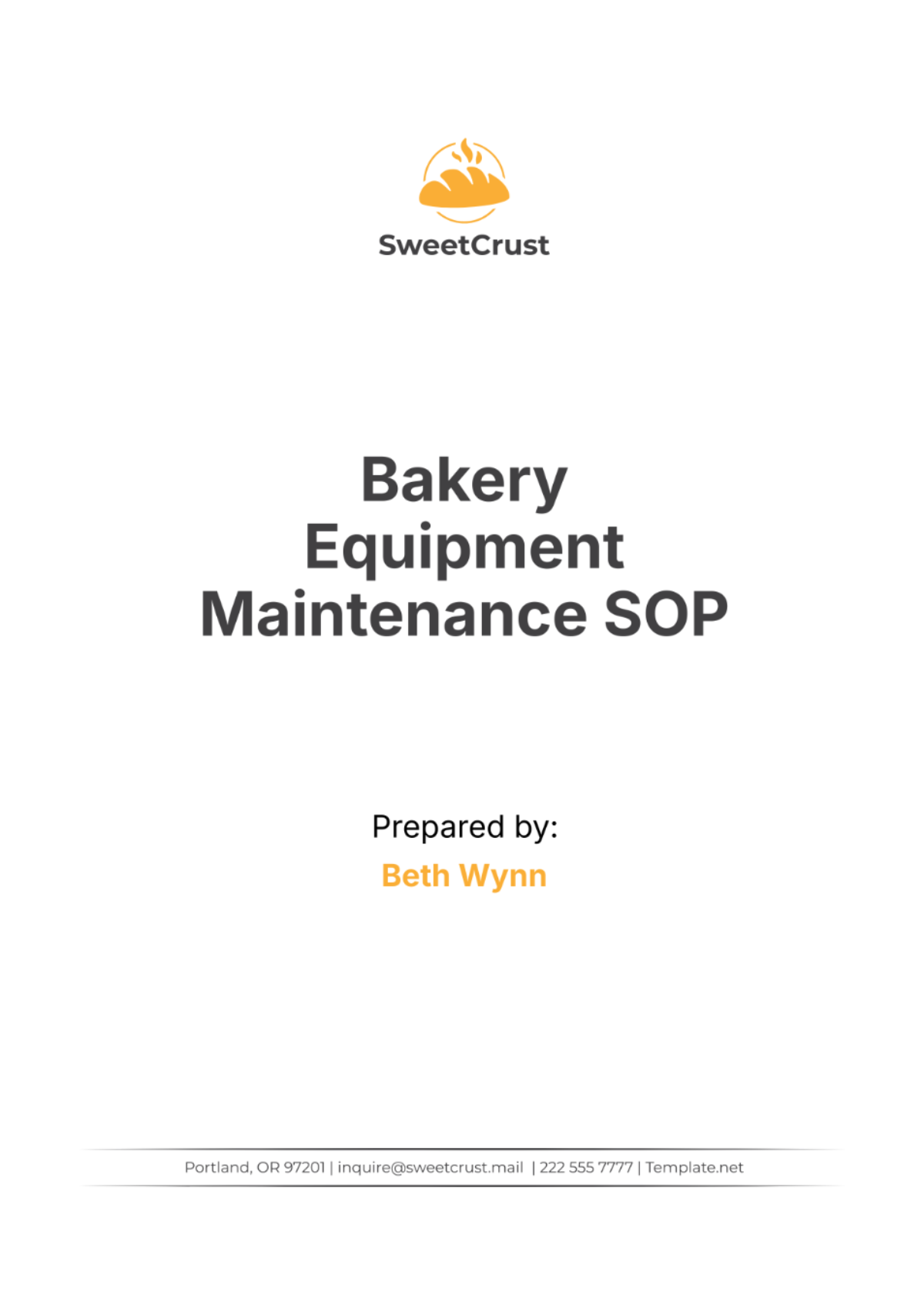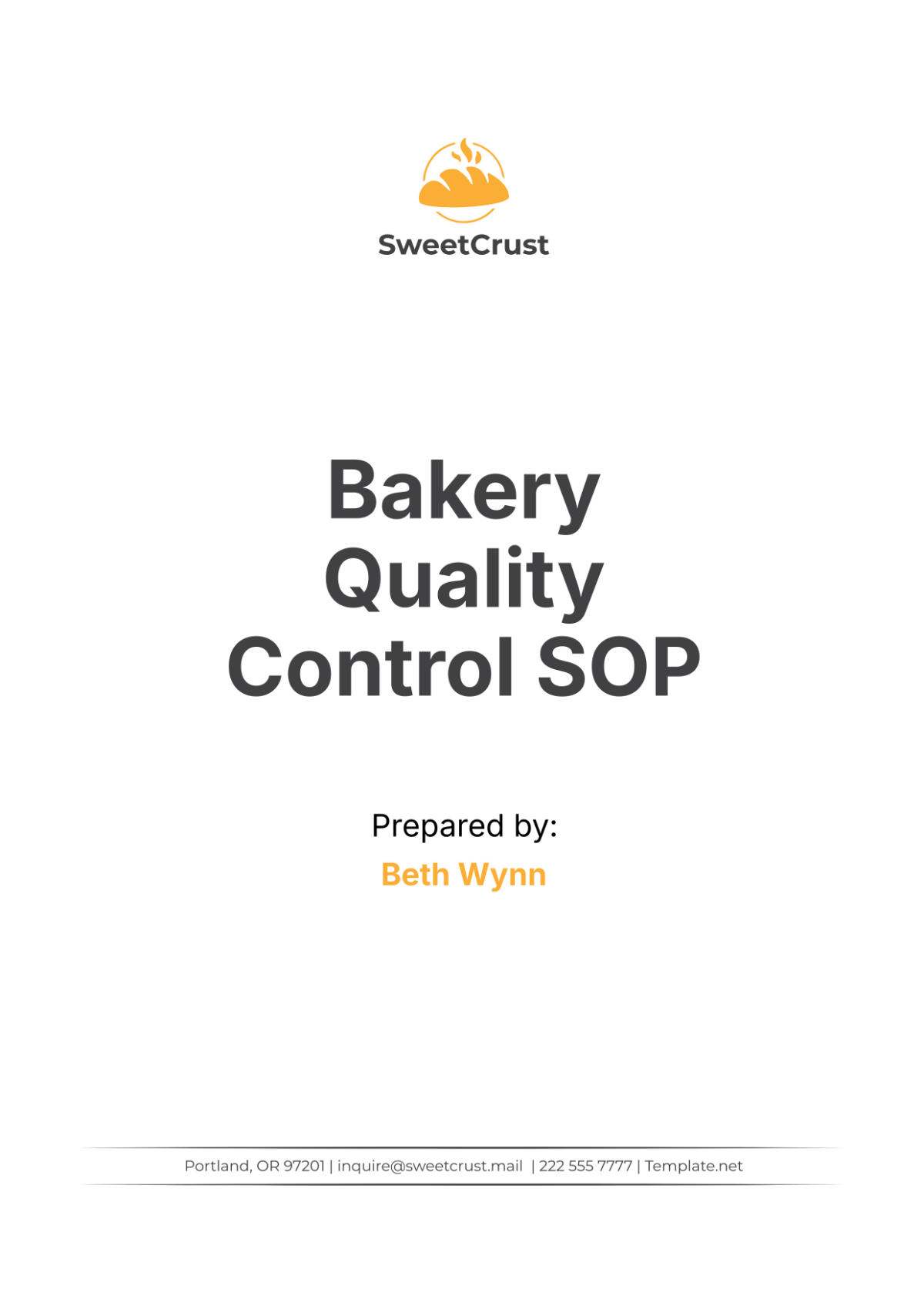Laboratory Standard Operating Procedure
I. Purpose
The purpose of this Standard Operating Procedure (SOP) is to establish guidelines for the proper use, calibration, and maintenance of laboratory equipment at [Your Company Name]. Adhering to this SOP ensures the accuracy and reliability of results obtained from laboratory procedures.
II. Scope
This Standard Operating Procedure (SOP) applies to all individuals working within the confines of [Your Department]. The range of individuals specified includes all personnel associated with all aspects of laboratory administration - those who operate the laboratory equipment, those responsible for its calibration, and those accountable for its consistent maintenance.
III. Responsibilities
Lab Manager: The individual is tasked with overseeing the implementation of this Standard Operating Procedure. Their role also includes ensuring that the established guidelines and regulations are being adhered to and complied with.
Equipment Operators: Responsible for following the procedures outlined in this SOP for the operation, calibration, and maintenance of laboratory equipment.
IV. Equipment List
The following is a list of laboratory equipment covered by this SOP:
Equipment Name | Model/Serial Number | Location |
|---|---|---|
[Equipment 1] | ABC123 | Laboratory |
[Equipment 2] | XYZ789 | Storage Room |
[Equipment 3] | DEF456 | Testing Facility |
V. Procedure
A. Equipment Operation
Preparation
Ensure that the equipment is clean and free from any obstructions.
Check that all necessary supplies are available.
Startup Procedure
Turn on the equipment using the designated power switch.
Allow the equipment to warm up or stabilize according to the manufacturer's instructions.
Operating Instructions
Follow the manufacturer's guidelines for operating the equipment.
Input necessary parameters and settings as required for the specific procedure.
Shutdown Procedure
Turn off the equipment using the designated power switch.
Clean the equipment and surrounding area as needed.
Log any relevant data or observations.
B. Equipment Calibration
Frequency
Each individual piece of equipment that we have needs to undergo calibration, and this process needs to occur once every year.
Calibration Procedure
Follow the manufacturer's instructions for calibration.
Record calibration data accurately in the designated logbook.
Perform any adjustments as necessary to ensure accurate readings.
C. Equipment Maintenance
Routine Maintenance
Routine maintenance tasks should be performed weekly. This ensures that all equipment and systems remain in optimal condition and helps prevent unexpected breakdowns or failures. Regular maintenance also extends the lifespan of machinery and reduces the likelihood of costly repairs.
Clean equipment surfaces and components.
Check for signs of wear or damage.
Preventive Maintenance
Follow the manufacturer's recommended preventive maintenance schedule.
Replace consumable parts as needed.
Lubricate moving parts according to the manufacturer's instructions.
VI. Documentation
Equipment Logbook
Maintain a logbook for each piece of equipment.
Record details of operation, calibration, and maintenance activities.
Include the date, time, operator's name, and any relevant observations or issues encountered.
Calibration Certificates
Keep copies of calibration certificates for each equipment.
Ensure certificates are up-to-date and accessible.
VII. Training
All personnel involved in equipment operation, calibration, and maintenance must receive proper training.
Training records should be maintained and updated as necessary.
VIII. Revision History
Version | Date | Description | Revised By |
|---|---|---|---|
1.0 | [Date] | Initial Release | [Your Name] |
1.1 | [Date] | Updated Procedure | [Your Name] |
IX. Approval
This SOP has been reviewed and approved by:

[Lab Manager]
[Approval Date]

[Quality Assurance Manager]
[Approval Date]


